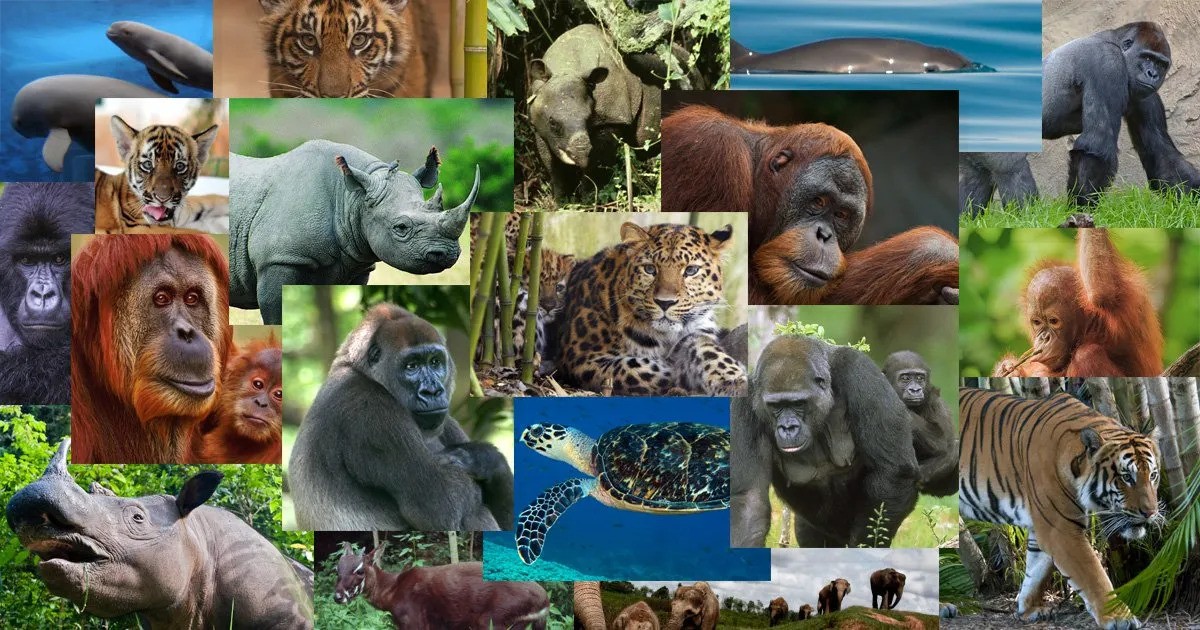The animal kingdom is a realm of breathtaking diversity, spanning from the microscopic world of single-celled organisms to the majestic giants of the oceans and skies. From the depths of the oceans to the highest mountain peaks, animals have adapted to every environment Earth has to offer, showcasing an incredible array of forms, behaviors, and survival strategies. Join me on a journey as we delve into the rich tapestry of life within the animal kingdom, exploring its myriad wonders and marvels hund.
Exploring Taxonomic Diversity: The animal kingdom is divided into numerous taxonomic groups, each containing a vast array of species with unique characteristics. From vertebrates such as mammals, birds, reptiles, amphibians, and fish, to invertebrates including insects, arachnids, mollusks, and crustaceans, the diversity is staggering. Within each group, there are further subdivisions based on shared characteristics, providing insights into the evolutionary relationships among different species.
Adaptations for Survival: One of the most fascinating aspects of the animal kingdom is the incredible diversity of adaptations that species have evolved to survive in their respective environments. From camouflage and mimicry to venomous defenses and elaborate mating displays, animals have developed an astonishing array of strategies to thrive in their habitats. Consider the intricate patterns of a butterfly’s wings, perfectly designed to blend into its surroundings, or the powerful jaws of a predator capable of delivering a deadly strike in an instant. These adaptations are a testament to the ingenuity of evolution and the relentless drive for survival.
Ecosystem Interactions: Animals play crucial roles within their ecosystems, shaping the dynamics of food webs, pollinating plants, dispersing seeds, and even modifying their environments. From apex predators that regulate prey populations to scavengers that clean up decaying matter, every species contributes to the delicate balance of nature. Understanding these interactions is essential for conservation efforts, as disruptions to one part of an ecosystem can have far-reaching consequences for the entire community.
Biodiversity Conservation: In recent years, the importance of preserving biodiversity within the animal kingdom has become increasingly evident. Habitat loss, pollution, climate change, and overexploitation pose significant threats to countless species around the world. Conservation efforts aim to protect endangered animals, restore degraded habitats, and raise awareness about the importance of biodiversity conservation. By safeguarding the diversity of life on Earth, we not only protect individual species but also ensure the health and stability of entire ecosystems.
Conclusion: The diversity of the animal kingdom is a testament to the boundless creativity of nature. From the smallest insects to the largest mammals, every species has a unique story to tell and a vital role to play within the intricate web of life.
